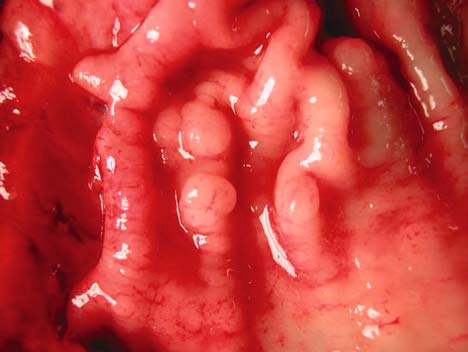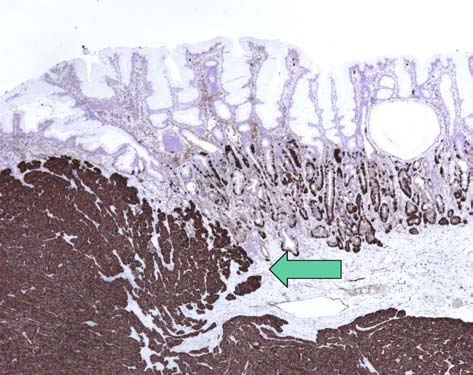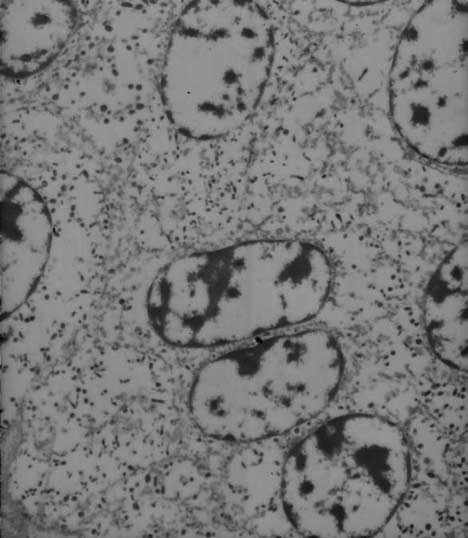technology.fordmedia.eu
Driver alert Lane Departure Warning Bigger, better sound MonDeo heralDs saFer Motoring era Driver alert New Ford Mondeo goes on sale from next month featuring two potentially life-saving technologies. The flagship model is the first Ford to offer a safety system which warns if the driver is at risk of falling asleep. It's also equipped with a device designed to stop



